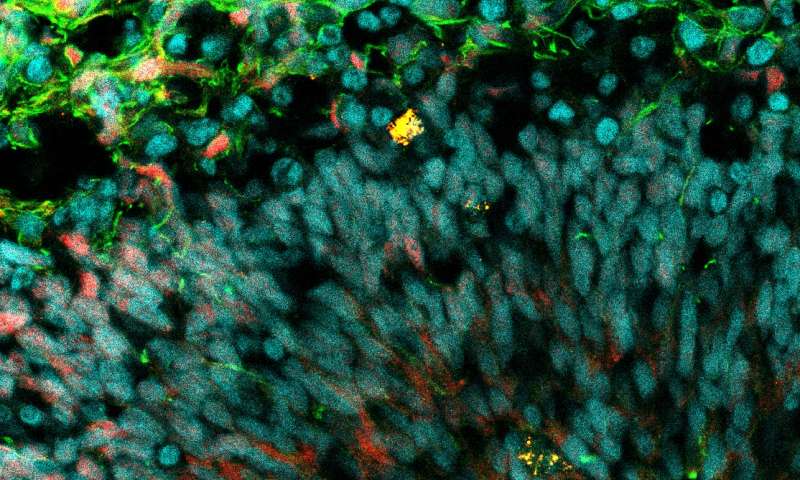



Micronutrients and minerals play a key role during human fetal development. Micronutrients are nutrients required by organisms throughout life in small quantities to orchestrate a range of physiological functions. For people, they include dietary trace minerals in amounts generally less than 100 milligrams per day, as opposed to macrominerals, which are required in larger quantities. The microminerals or trace elements include at least iron, cobalt, chromium, copper, iodine, manganese, selenium, zinc and molybdenum. Micronutrients also include vitamins, which are organic compounds required as nutrients in trace amounts.

Researchers at the Federal University of Rio de Janeiro in Brazil have described the composition and distribution of micronutrients and minerals in human minibrains created in the lab. Until today, according to the scientists, the study of nutrients in brains was restricted to postmortem or nonhuman tissue. Now, they add, investigators will be able to understand the dynamics of nutrients during neurodevelopment in 3D human brain organoids.
These results were reported in a study, “Trace Elements during Primordial Plexiform Network Formation in Human Cerebral Organoids,” in the journal PeerJ.
The researchers analyzed the organoids using synchrotron radiation, a type of X-ray that allows the identification of the atomic composition of micronutrients. This technique consists of exciting tissue samples to quantify the unique photon signature of each atom. In doing so, they described how phosphorus, sulfur, potassium, calcium, iron, and zinc are distributed during brain formation.
Simone Cardoso, Ph.D., associate professor at the Institute of Physics at the university, noted that the interdisciplinary nature of the research, which involved biologists and physicists, “allows us to gather a wide range of scientific expertise to plan and perform the experiments.”
The minibrains were up to 45-days old. The authors described the distribution of nutrients at two different stages of development: an initial one of intense cellular proliferation (day 30) and a second time point, when cells start to become neurons and organize themselves into layers (day 45). The results show that the concentration and distribution of micronutrients are related to the stage of development and similar to previous data obtained from postmortem brain samples.
It’s also very clear, they point out, that a mother’s diet during pregnancy has long-term effects on fetal development. The observed nutrients are essential for the appropriate formation of the brain. The lack of some of them during prenatal development is also related to memory deficits and psychiatric disorders, such as schizophrenia.
“This study reinforces how important minibrains can be as a model to investigate several aspects of brain development,” says Stevens Rehen, Ph.D., the principal investigator of the study and a researcher working at the D’ Or Institute for Research and Education and at the Institute of Biomedical Sciences at the Federal University of Rio de Janeiro.
 Relevant
news
Relevant
news